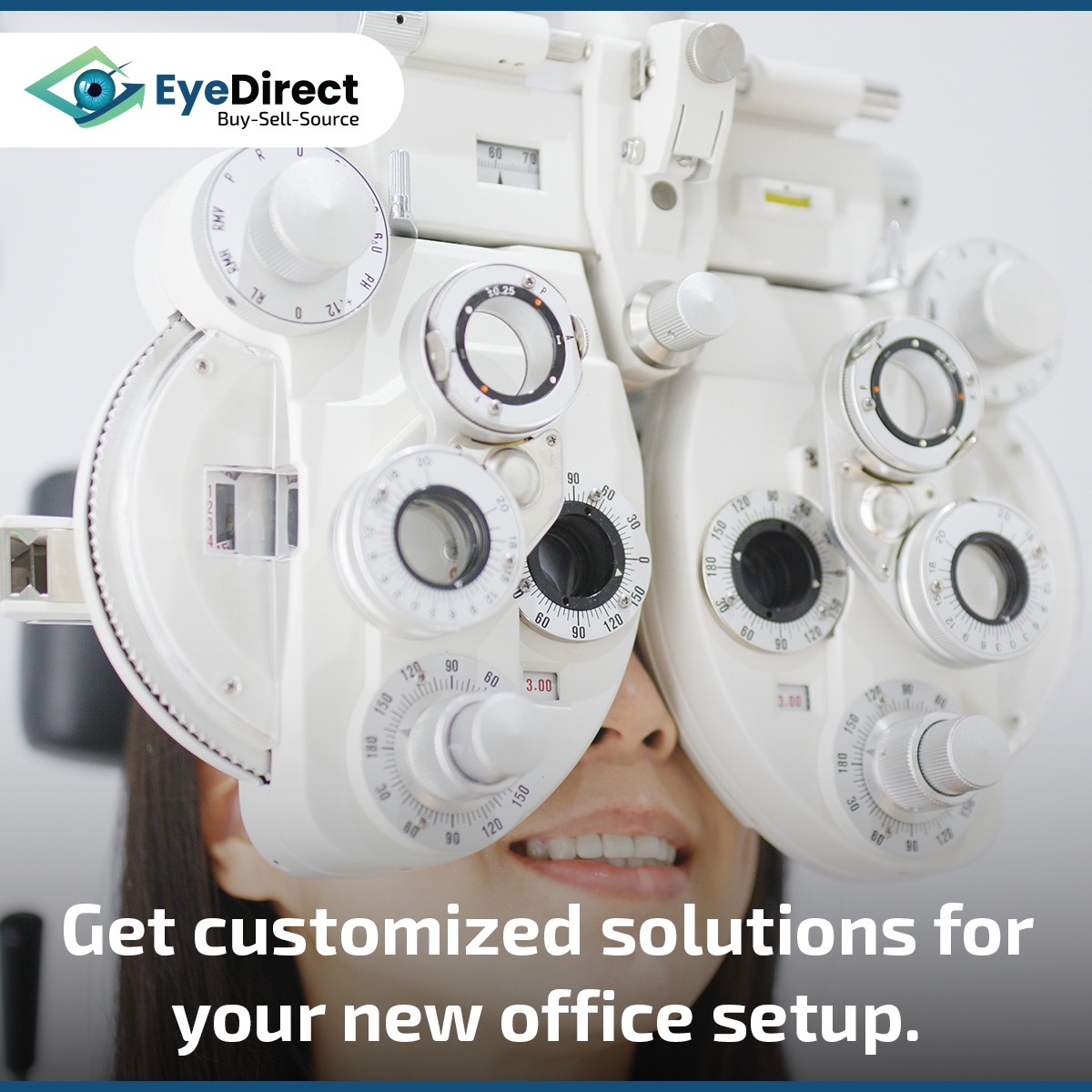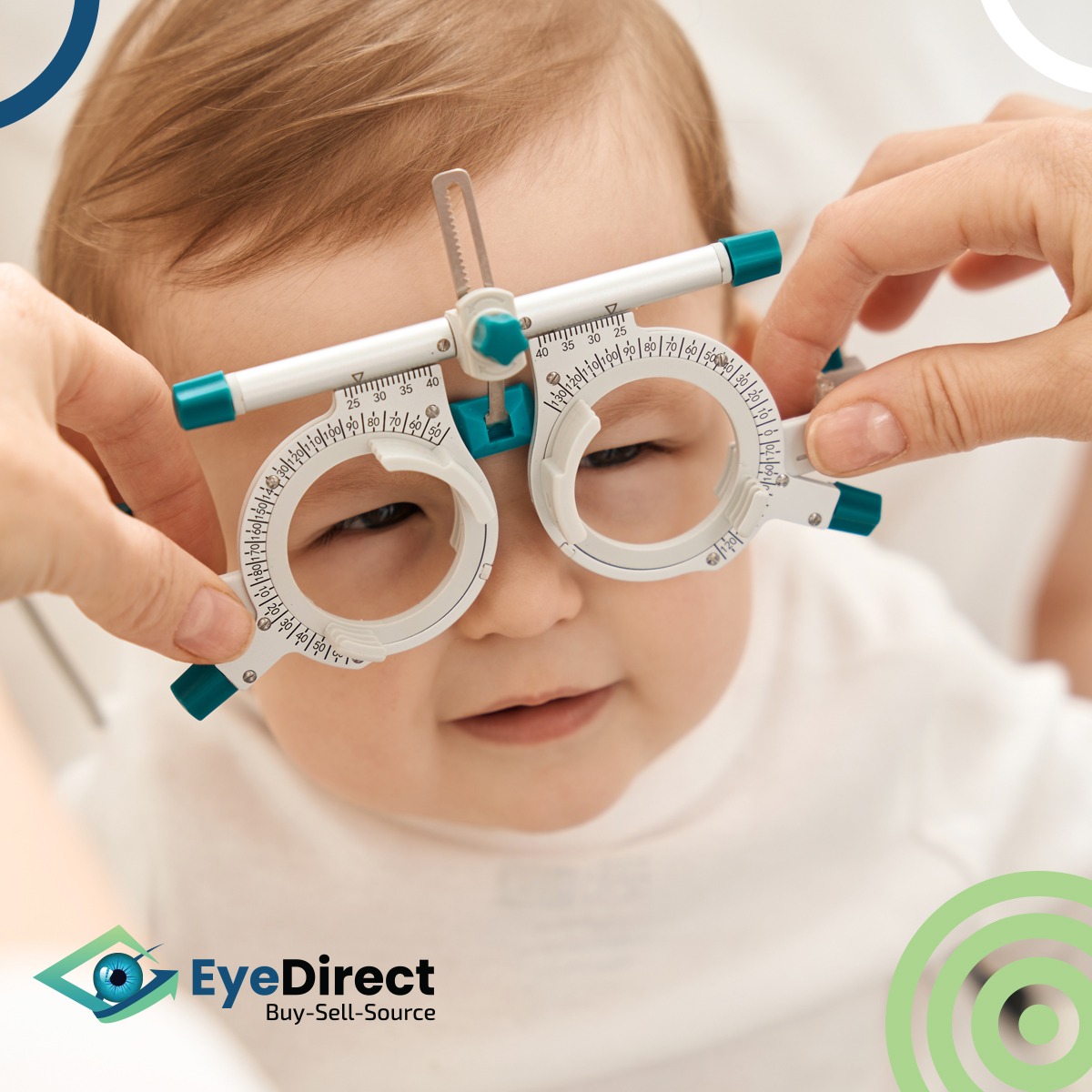6 Steps to Opening Your Ophthalmology Practice
Opening an ophthalmology practice requires careful planning, strategic decision-making, and a deep understanding of the healthcare industry. There are numerous steps involved in establishing a successful practice. Find below an overview of the key steps to consider when launching your ophthalmology practice.
1. Establish a corporate entity
2. Establish a budget
A pro forma is an excel document that anticipates your expected costs and revenue monthly and yearly. It is a great way to project costs, and you will eventually need it to secure a loan.
Some costs you will want to anticipate for your new ophthalmology practice:
- Rent
- Utilities
- Equipment (covered later)
- Office supplies
- Medical supplies
- EMR/technology costs
- Data storage facility cost
- Postage
- Janitorial costs
- Phone
- Fax (key in referral and co-management)
- High-speed internet
- License renewals (medical, state drug and substance, DEA)
- Malpractice insurance
- Business insurance
- Website development and maintenance
- Consulting fees
3. Find a space
Location is key!
When finding the ideal location for your practice, consider the following:
- Geography
- Patient payer population: What does the payer mix look like in this area? Does it offer a mix of commercial, Medicare, and Medicaid?
- Competition: Are there other ophthalmologists, optometrists, or specialists like yourself in this area? What does the referral landscape look like? Is it already saturated with ophthalmologists? Is there the potential for built-in referrals close by?
- Physical space: For a solo practice, you may only need 1,200 to 2,000 square feet, but for multiple providers, you may need more exam rooms and space. Ideally, you would find a medical space (compared to retail spaces) for the following reasons.
- Medical spaces: Make sure that medical spaces offer built-in sinks in the exam rooms and provide easy patient access (consider elevator/stair access and parking considerations). Oftentimes medical spaces have good visibility, with other medical practices close by.
4. Secure a loan
Finding alternative sources of income for financial stability, such as doing locum tenens or moonlighting, can make the financials seem less daunting.
5. Choose communication carriers
6. Buy equipment
Find refurbished pre-owned equipment when possible. Consider working with local ophthalmic equipment suppliers, such as Premier Ophthalmic Services or Walman Optical.
Prioritizing your equipment needs
This not only helps me, as the doctor, understand the patient’s disease state but also helps educate the patient with photos and, lastly, also to document.
Here is a list of equipment to get you started at your new ophthalmology practice:
- Slit lamp ($7000 to $15,000)
- Tonometer ($1000 to $1500)
- Chair ($5000 to $10,000)
- Stand ($4000 to $7000)
- Phoropter ($3000+, $8,000 to 10,000 for digital versions)
- Visual acuity chart ($1200+)
- Muscle light ($300)
- Retinoscope ($300)
- Wireless indirect ($3,000 to $4,000)
- Computer/monitor ($1000+)
- Autorefractor ($6,000 to $10,000)
- Autolensometer ($2,000 to $4,000)
- Biometry ($40,000 to $70,000)
- Topography ($8,000 to $12,000)
- Optical coherence tomography ($40,000 to $70,000)
- Visual field ($8,000 to $10,000, consider the virtual field option $200/month)
- Fundus photography ($40,000+)
- Fluorescein angiography ($60 to $120,000, typically includes fundus photography as well)
- Pachymeter ($2,500 to $3,000)
- Tonopen ($2,500 to $5,000)
- B-scan ultrasound ($2,000 to $6,000)
6. Select an electronic medical record (EMR) provider
Ready to open your dream ophthalmology practice? Browse our selection of reliable and durable eye examination equipment and services. If you have questions, call us at 855-410-7999 and join our IG here.
Reference: [https://eyesoneyecare.com/resources/lessons-in-opening-an-ophthalmology-practice-with-checklist/]



